BESS 使用什么电池?
当您探索电池储能系统的世界时 (贝斯), 我想到了一个基本问题: 里面到底是什么? 如此有效地存储太阳能电池板或电网能量的核心电池技术是什么, 准备好在您最需要的时候为您的家庭或企业供电?
目前安装的绝大多数现代 BESS, 从住宅到大型公用事业规模项目, 使用 锂离子电池. 具体来说, 固定式储能的首选且占主导地位的化学物质是 磷酸铁锂 (磷酸铁锂或 LiFePO₄). 选择该技术是因为其卓越的组合 安全, 使用寿命很长, 和优异的稳定性, 使其成为可靠的黄金标准, 长期表现.
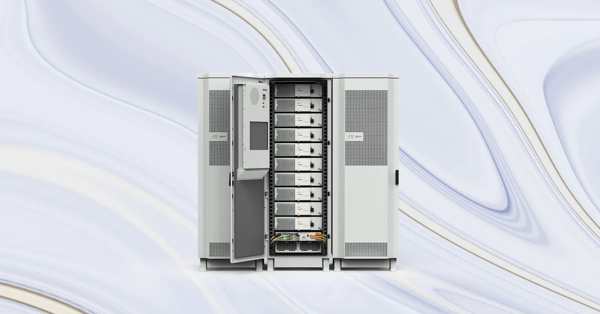
在GYCX太阳能, 我们对客户的安全和长期价值的承诺是我们专门设计我们的产品的原因 贝斯电池 LFP 技术解决方案. 这是经过验证的, 专业选择. 让我们进一步探索这些强大的系统.
Bess电池的寿命是多少?
BESS 是一个重要的, 对您房产的能源基础设施的长期投资. 所以, 一个关键问题是: 电池组件能用多久, 系统的核心, 实际上最后?
法国职业足球联盟 (铁磷酸锂) 现代 BESS 中的电池专为耐用性而设计, 预计使用寿命为 10 到 20 年. 在用法方面, 这些电池被评为令人印象深刻的 3,000 结束 6,000 全电荷止血周期. 让客户对这种长寿充满信心, 信誉良好的制造商通常为其 BESS 产品提供 10 年全面保修.
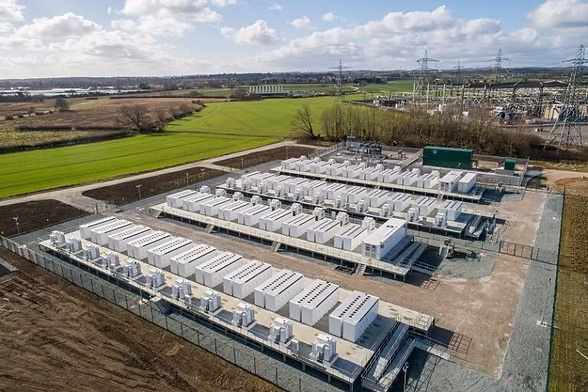
深入潜水: 持久耐用电池的制作方法
现代 BESS 电池令人印象深刻的使用寿命并非偶然; 这是卓越化学和智能系统设计的结果:
- LFP化学: LFP 本质上比其他锂离子化学物质更稳定、更坚固. 可以承受日常骑行的压力 (白天通过太阳能充电, 晚上放电) 多年没有明显退化. 额定电池 6,000 从理论上讲,周期可以持续 16 每天一个周期的年.
- 智能BMS: 集成电池管理系统 (电池管理系统) 充当监护人, 通过防止过度充电不断保护电池免受压力, 过度放电, 并确保所有细胞保持平衡.
- 热管理: BESS 是一个具有内置热管理功能的工程系统. 这对于新加坡炎热潮湿的气候至关重要. 通过将电池保持在最佳温度范围内, 该系统可防止热量导致的加速老化, 直接促进更长的寿命.
- 保修: 10 年保修是优质住宅 BESS 的行业标准. 它通常保证电池将保留一定数量的原始容量 (例如, 70%) 学期结束时, 为其长期绩效提供明确的基准.
BESS的三种主要类型是什么?
用于单个家庭的 BESS 与用于支持整个城市电网的 BESS 相同吗? 一点也不. BESS 技术具有令人难以置信的可扩展性, 根据其应用和尺寸,它通常分为三种主要类型.
BESS 的三种主要类型是:
- 住宅电池储能系统: 专为个人家庭设计的小型系统.
- 商业的 & 工业的 (C&我) 贝斯: 适合企业的中型系统, 工厂, 和其他商业地产.
- 公用事业规模的电池储能系统: 大量的, 电力公司拥有和运营的电网级系统.
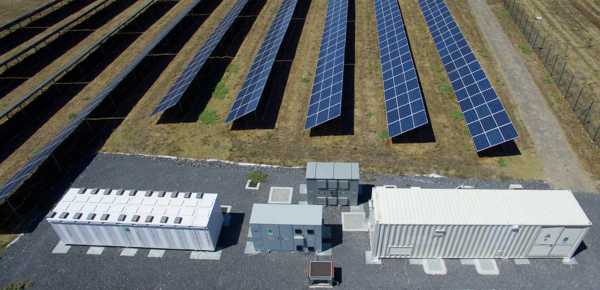
深入潜水: 从您家到电网
让我们看看每种类型的用途:
- 住宅电池储能系统:
- 尺寸: 通常 5 千瓦时至 30 千瓦时.
- 目的: 主要目标是最大限度地提高太阳能自身消耗 (储存白天的太阳能以供夜间使用, 这对于管理新加坡的高电价非常有用), 在电网停电期间提供备用电源, 并提高能源独立性.
- 形状: 通常是时尚的壁挂式装置或紧凑型, 可堆叠货架系统.
- 商业的 & 工业的 (C&我) 贝斯:
- 尺寸: 从 30 千瓦时至数兆瓦时 (兆瓦时).
- 目的: 主要用于“调峰”" 减少昂贵的需求费用, 最大限度地利用现场太阳能, 并为关键操作提供备用电源.
- 形状: 通常较大的室内机柜或室外额定外壳.
- 公用事业规模的电池储能系统:
- 尺寸: 很大, 从几十到几千兆瓦时.
- 目的: 稳定整个电网. 它们储存来自大型太阳能或风电场的大量能源, 提供调频等电网服务, 并更换污染严重的“峰值器" 发电厂.
- 形状: 通常由大行组成, 集装箱大小的单位.
在 吉克斯太阳能, 我们专注于设计和安装高性能住宅和 C&I BESS 解决方案根据新加坡客户的独特能源需求量身定制.
BESS是交流电还是直流电?
当您了解 BESS 的技术细节时, 您会听到术语 AC (交流电) 和DC (直流电). BESS 本身是其中之一还是另一个? 答案是两者兼而有之——它充当两者之间的智能桥梁.
BESS 本质上是 直流装置 其核心, 因为电池储存和释放直流电. 然而, 它使用先进的逆变器 (电源转换系统, 或个人电脑) 连接到我们的家庭和电网, 哪个使用 交流电源. BESS 及其逆变器如何连接到太阳能电池板系统决定了它是否是“交流耦合”" 或“直流耦合" 系统.
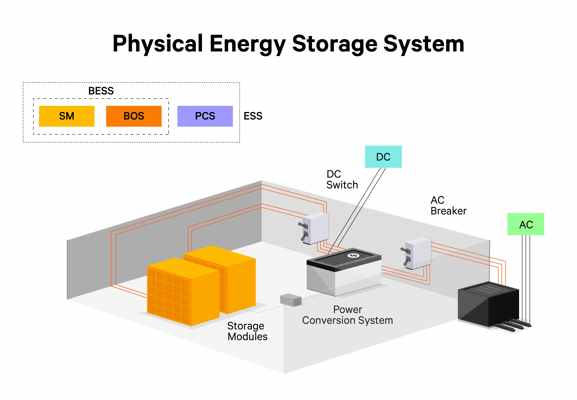
深入潜水: 交流耦合vs. DC耦合系统
以下是太阳能的两种主要架构的快速概述 + 贮存:
- DC耦合: 太阳能电池板 (产生直流电) 和电池 (存储直流电) 连接在单个的同一侧 混合逆变器. 这使得来自面板的直流电源能够直接且非常高效地为直流电池充电. 这通常是新人的首选方法, 综合装置.
- 交流耦合: 太阳能电池板有自己的太阳能逆变器, 并且电池系统有一个 第二, 单独的电池逆变器. 两者都连接到房屋的交流面板. 从太阳能充电电池, 来自太阳能逆变器的交流电被转换回直流电供电池使用. 这种方法非常适合在已有太阳能电池板系统的家庭中改装电池.
GYCX太阳能故事: “当客户问我们这个问题时, 我们解释说最好的选择取决于他们的情况. 对于新加坡的一处新的有地房产,将太阳能和储能结合在一起, 我们可能会推荐高效的直流耦合系统. 对于拥有 5 年历史的太阳能系统现在想要添加备份的客户, 交流耦合 BESS 是完美的解决方案。"
BESS 能持续多久?
我们已经讨论过电池组件的使用寿命, 但整个 BESS 单元又如何呢?? 您预计整个系统能持续多久?
完整的 BESS 专为延长使用寿命而设计, 但不同的部件有不同的寿命. 这 电池模块, 正如我们所指出的, 通常最后 10 到 20 年. 其他主要电子元件, 这 逆变器 (或个人电脑), 一般预期寿命为 10 到 15 年. 所以, 您的系统可以期待很长的使用寿命, 在电池的整个使用寿命期间可以计划更换逆变器一次.
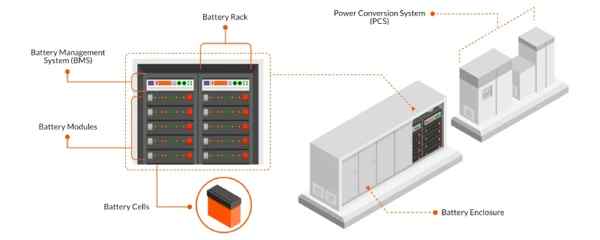
深入潜水: 系统组件的使用寿命
BESS 是旨在协同工作的高质量组件的集合:
- 电池模块: LFP 电池是最耐用的部件, 得益于其坚固的化学性能,可进行数千次循环.
- 逆变器 (件): 这是系统的主力. 作为一个复杂的电力电子器件,它不断管理高功率负载并处理热量, 它的组成部分 (像电容器和风扇) 自然衰老. A 10-15 年的使用寿命是对知名品牌的高品质混合逆变器的典型期望. 许多产品都提供与电池相匹配的 10 年保修期.
- 其他组件: 外壳, 接线, 安全断开连接, 和其他硬件 (“系统平衡”) 全部设计为在系统的整个生命周期内持续使用, 只要它们没有损坏.
- 长期规划: 这意味着在20年的时间里, 您应该计划初始投资和一个潜在的逆变器更换周围 10-15 年标. 这是复杂能源系统长期所有权的正常组成部分.
在GYCX太阳能, 我们仅使用高质量来构建我们的系统 电池储能系统组件1 来自具有强大保修的领先制造商, 我们对客户公开每个部件的预期使用寿命. 这可以确保您清楚地了解 长期价值2 和您的投资维护计划.
A 贝斯电池 系统是一个智能, 集成解决方案是现代能源管理的关键. 由安全耐用的 LFP 电池供电, 这是一个耐用的, 提供能源安全和财务节省的低维护资产. 通过了解其组件及其工作原理, 您可以对自己的能源未来进行自信的投资.
如果您准备好探索如何为您在新加坡的家庭或企业量身定制 BESS, 我们在GYCX太阳能的专家团队在这里提供帮助. 立即与我们联系以进行专业咨询!
